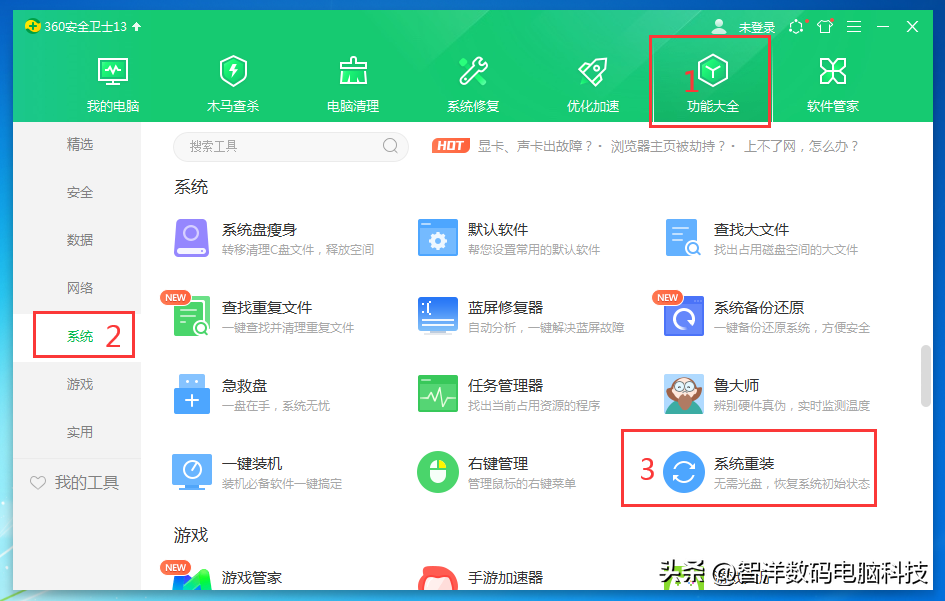一、应用场景
上篇文章我们学会了在pymysql事务中批量插入数据的复用代码,既然有了批量插入,那批量更新和批量删除的操作也少不了。
二、解决思路
为了解决批量删除和批量更新的问题,提出如下思路:
三、解决办法
update user_info set name ='头条号_code_space',size='30cm' where id=1 其中where条件前的sql就是我们要进行动态sql拼接的,通用方法此时只返回where条件前的sql语句。
def common_update_sql(item, table):
"""
从item的key-value提取要更新的字段,进行更新
:param item: 要执行更新的字段的字典,{"colunm_name_1":"colunm_value_1","colunm_name_2":"colunm_value_2"}
:param table: 数据库表名
:return: 返回拼接好的where条件前的sql更新语句
"""
update = ','.join([" {key} = %s".format(key=key) for key in item])
update_sql = 'update {table} set '.format(table=table) + update
return update_sql四、测试demo
# -*- coding: utf-8 -*-
"""
@Time : 2022/1/29 12:50
@Auth : 技术空间
@File :handle_list_sql_demo2.py
@IDE :PyCharm
@Motto:技术总是要日积月累的
"""
import pymysql
def common_update_sql(item, table):
"""
从item的key-value提取要更新的字段,进行更新
:param item: 要执行更新的字段的字典,{"colunm_name_1":"colunm_value_1","colunm_name_2":"colunm_value_2"}
:param table: 数据库表名
:return: 返回拼接好的where条件前的sql更新语句
"""
update = ','.join([" {key} = %s".format(key=key) for key in item])
update_sql = 'update {table} set '.format(table=table) + update
return update_sql
def select_list(db_cursor, sql):
"""
查询数据量表的列表
:param db_cursor: 游标
:param sql: 拼接好的sql查询语句
:return: 返回查询结果列表
"""
db_cursor.execute(sql)
data_list = db_cursor.fetchall()
print(data_list)
return data_list
if __name__ == '__main__':
db = pymysql.connect(host='localhost',
user='root',
password='root',
database='others')
cursor = db.cursor(pymysql.cursors.DictCursor)
table_1 = "user_info"
table_2 = "user_role"
select_user_sql = " select id,name from " + table_1
select_role_sql = " select user_id,role_id from " + table_2
try:
print("执行批量更新user前的数据-->")
select_list(cursor, select_user_sql)
update_user_list = []
for i in range(4, 7):
update_user_list.append({"name": "头条号_code_space_" + str(i)})
# 更新user表的id为4,5,6的数据
for i in range(3):
update = update_user_list[i]
update_sql = common_update_sql(update, table_1)
update_sql = update_sql + " where id=" + str(i + 4)
cursor.execute(update_sql, tuple(update.values()))
# 开始批量插入表2
print("执行批量更新user_role前的数据-->")
select_list(cursor, select_role_sql)
update_role_list = []
for i in range(4, 7):
update_role_list.append({"user_id": i, "role_id": 2})
# 更新user_role表的id为4,5,6的数据
for i in range(3):
update = update_role_list[i]
update_sql = common_update_sql(update, table_2)
update_sql = update_sql + " where id=" + str(i + 4)
cursor.execute(update_sql, tuple(update.values()))
except Exception as e:
# 事务回滚
db.rollback()
print('事务处理失败', e)
else:
# 事务提交
db.commit()
print('事务处理成功', cursor.rowcount)
print("执行批量更新user后的数据-->")
select_list(cursor, select_user_sql)
print("执行批量更新user_role后的数据-->")
select_list(cursor, select_role_sql)
cursor.close()
db.close()


关注我,坚持每日积累一个技巧,长期坚持sql批量修改sql批量修改,我们将会不断进步。
———END———
限 时 特 惠:本站每日持续更新海量各大内部创业教程,一年会员只需128元,全站资源免费下载点击查看详情
站 长 微 信:jiumai99
声明:本站内容转载于网络,版权归原作者所有,仅提供信息存储空间服务,不拥有所有权,不承担相关法律责任。本站仅保存近一年的最新资源,过期资源将不在保留。若本站内容侵犯了原著者的合法权益,可联系我们进行处理。本站仅作项目分享,不提供任何收益保障,风险自辩,不对操作项目的收益及损失负责.站长不是项目作者,不负责项目解答





 ×
×